The bass remains the same: How they made the Manson John Paul Jones E-Bass identical to the Led Zeppelin legend’s actual bass
JPJ’s long-serving guitar tech, Hugh Manson, on the making of his high-profile signature model
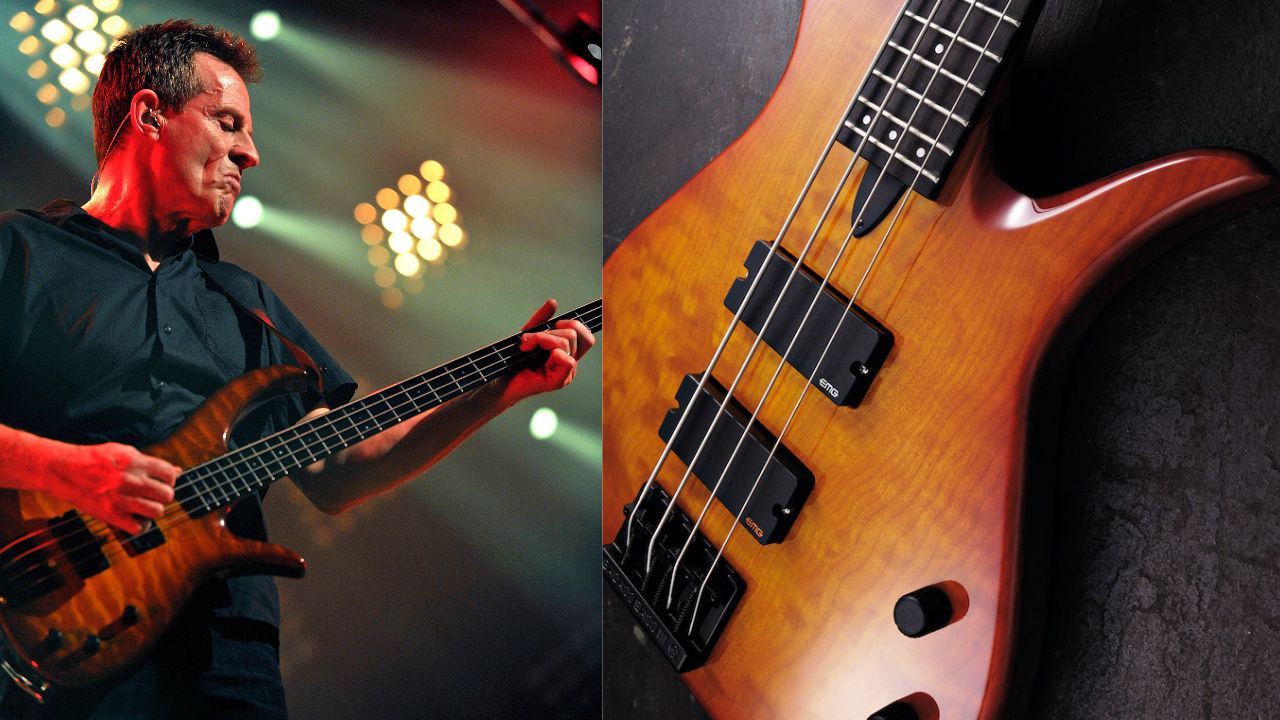
As a founder member of one of the most enduring rock bands in history, John Paul Jones needs little in the way of introduction as a bona fide bass guitar hero. His superstardom with Led Zep in the 70s inspired a generation, and his 2009 return to rock’s top table with Josh Homme and Dave Grohl in Them Crooked Vultures only underlined his standing as one of the all-time greats.
Although his bass collection has continued to grow over the years, JPJ has remained faithful to the creations of luthier Hugh Manson, his long-serving tech, who is in the enviable position of knowing exactly what John expects from his bass.
“In the case of ‘Eric’, John’s first Manson 4-string, we have a single EMG placed in the sweet spot,” explains Hugh. “With ‘Son of Eric’ there are two EMGs upgraded to the new dual-coil designs.”
Faithful to the custom creations of Hugh Manson, Manson Guitar Works released the John Paul Jones E-Bass last year, a production model based on John’s ‘Son of Eric’ Manson 4-string. The specifications are identical, including all the upgrades that have been carried out on John’s bass to date, including the EMG pickups, the quilted maple top, the Badass bridge and the Schaller tuners.
“When the prototypes came back we just couldn’t believe it,” says Hugh. “It feels and sounds just like John’s bass.”
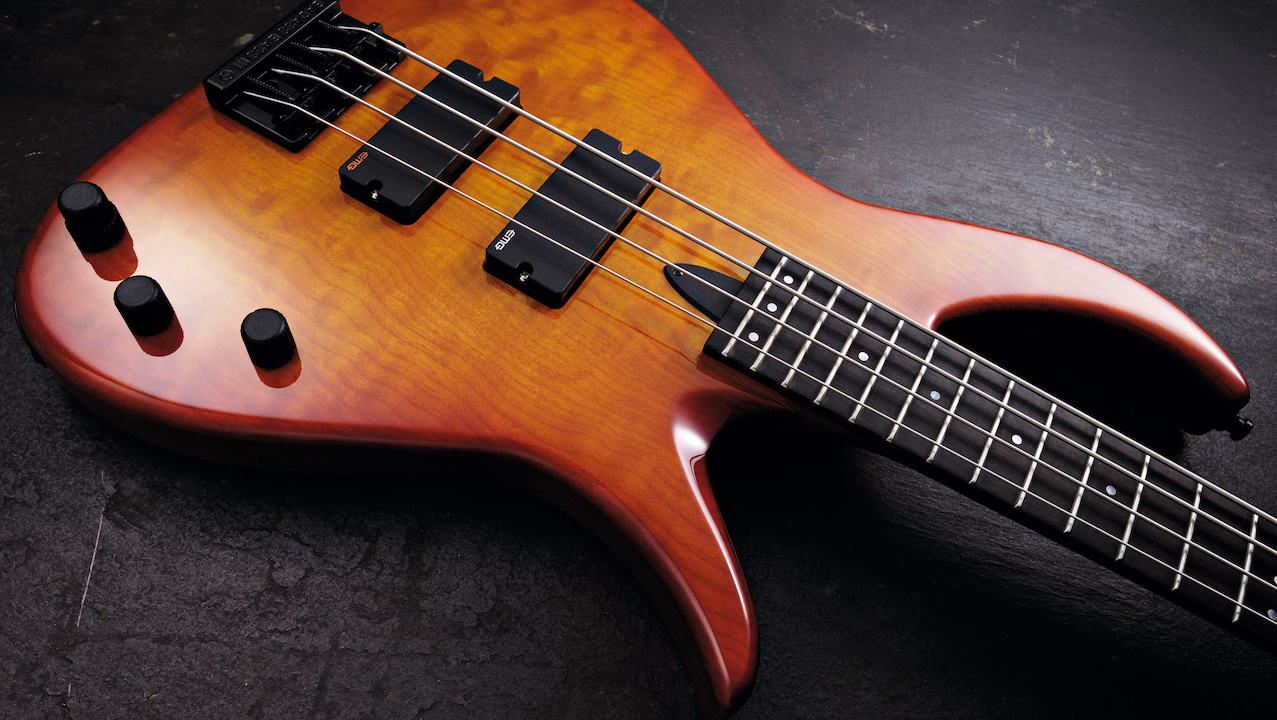

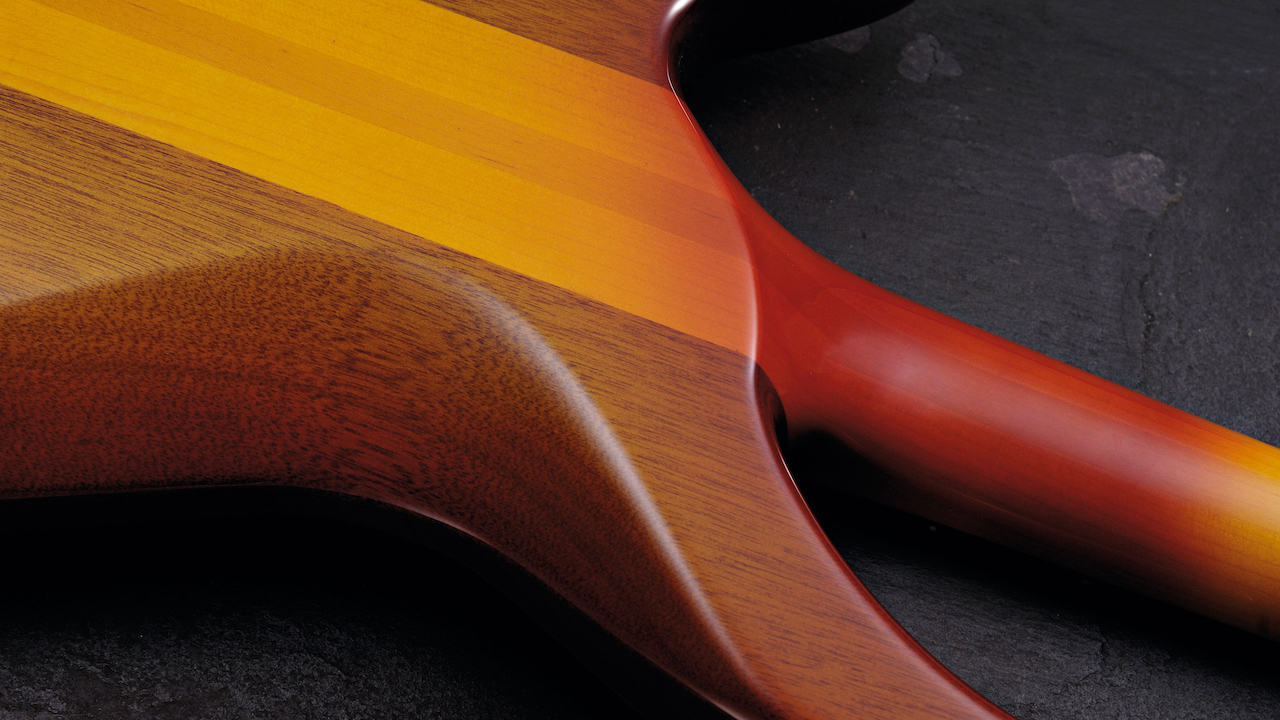
The neck has a very thin, straight profile, with a low action and a two-octave ebony fretboard. “I’ve made various instruments for John with flame maple necks,” says Hugh. “Like the two basses he used for the O2 show with Led Zep. Those were an inch or two longer as well, because they were tuned lower. So we could have used flame maple here, but on John’s mainstay bass it’s just really just straightforward hard maple, nothing flash."
The headstock, which has a quilted maple veneer to match the body, is noticeably small in size, with the machine heads tightly packed in on the rear side. In fact, there’s barely enough room for the Manson logo and John Paul Jones signature.
Get The Pick Newsletter
All the latest guitar news, interviews, lessons, reviews, deals and more, direct to your inbox!
“The headstock is the most difficult part of any guitar to design,” continues Hugh. “The body is a piece of cake – you can think of new designs all the time – but headstocks are really hard."
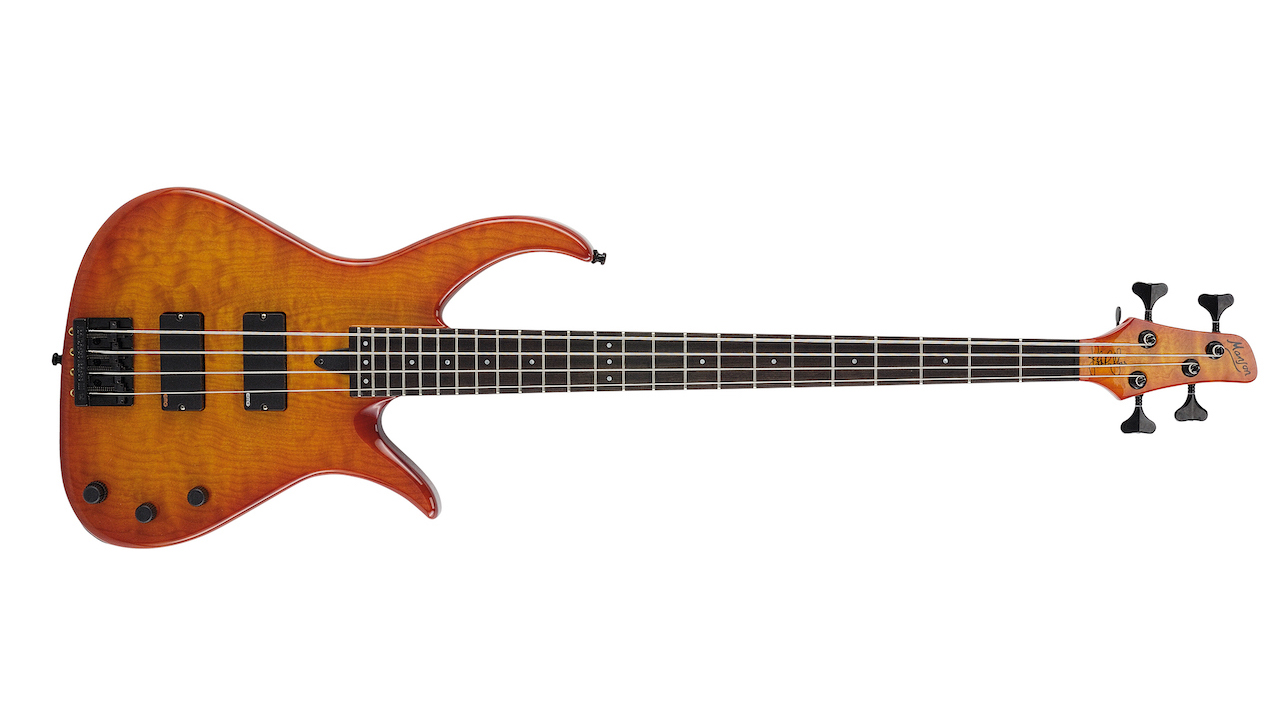
By using a smaller headstock, Hugh claims to have altered the position of the bass’s dead spot, moving it further up the neck. “Dead spots on instruments, of which there is one on every instrument, can be moved or altered by making headstocks bigger or smaller. If you put a small G-clamp on the headstock it will move miles. So I’ve tried to get the headstock as small as I can, which has moved the dead spot higher up the neck.”
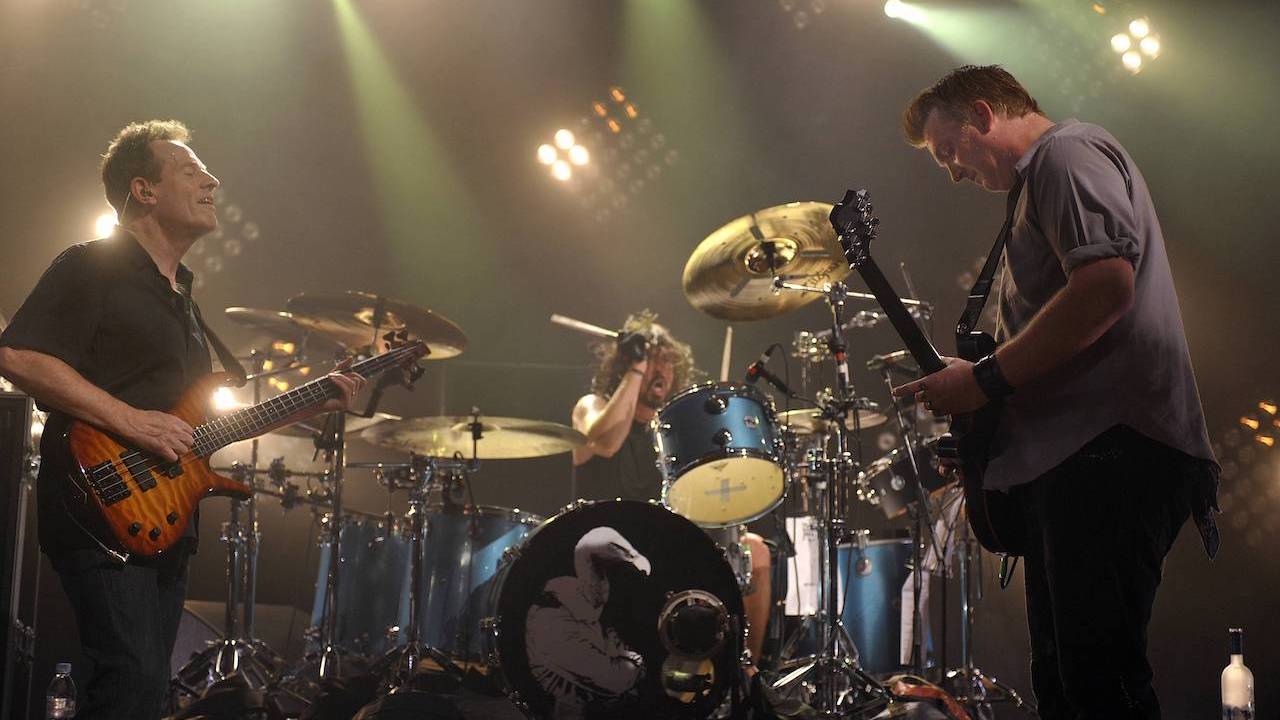
BP last spoke to Jones not long after the Led Zeppelin reunion show at London’s O2 Arena. “It had to sound like the last night of a two-year tour," he told us. "That was the objective. We put a great deal of work into it and it paid off."
We asked John about any parallels with Them Crooked Vultures. "The first time that band got together we just jammed in a normal muso sort of way!” he said of the so-called supergroup. "At times you could be very active in the writing process and at other sessions you’d just want to sit back and let it happen. If someone comes up with a good idea, what do you do? Well, just don’t fuck it up!"
To find out more about the Manson John Paul Jones E-Bass visit mansonguitarworks.com
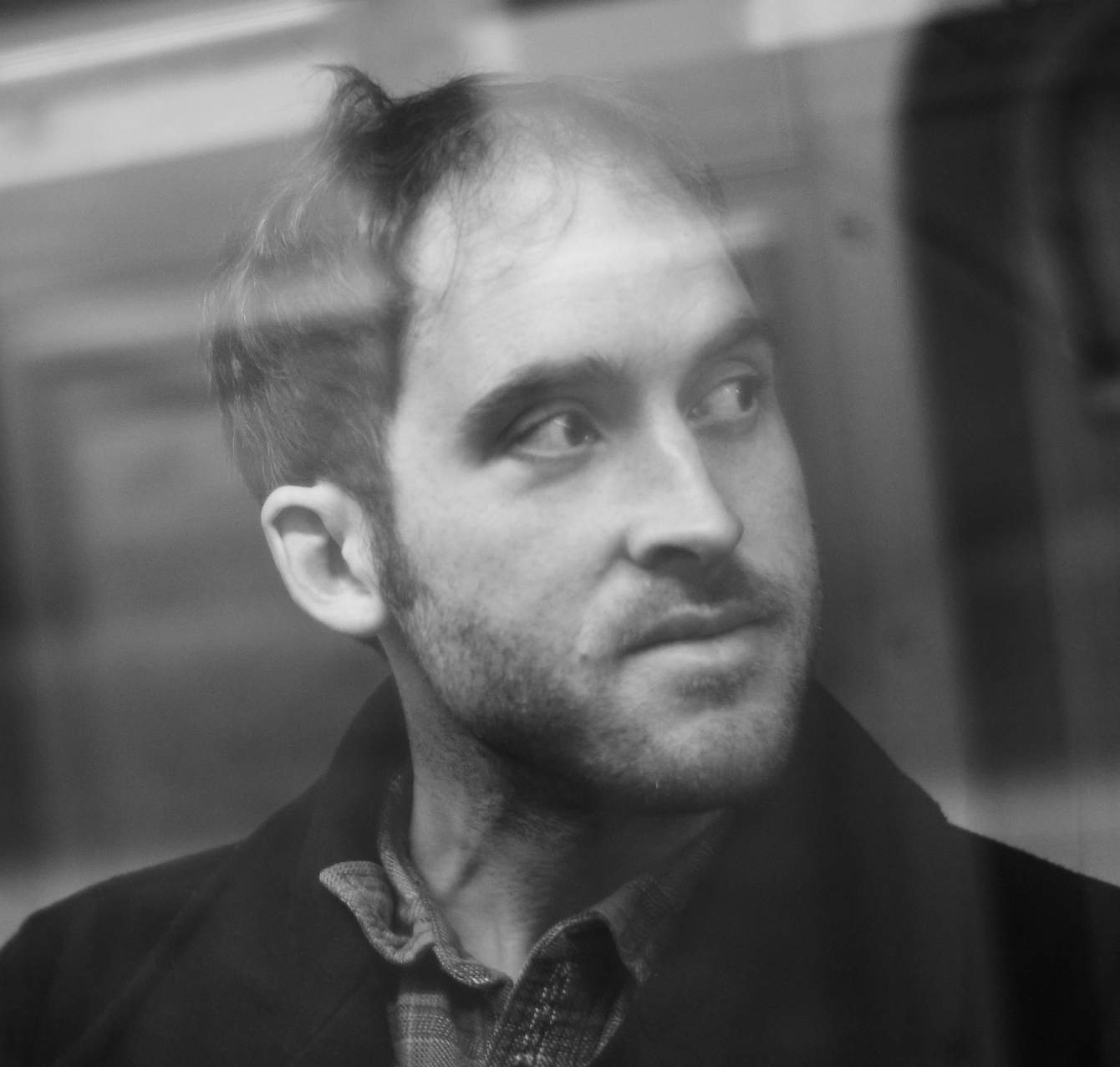
Nick Wells was the Editor of Bass Guitar magazine from 2009 to 2011, before making strides into the world of Artist Relations with Sheldon Dingwall and Dingwall Guitars. He's also the producer of bass-centric documentaries, Walking the Changes and Beneath the Bassline, as well as Production Manager and Artist Liaison for ScottsBassLessons. In his free time, you'll find him jumping around his bedroom to Kool & The Gang while hammering the life out of his P-Bass.
“An esoteric boutique vibe, superb ergonomics and a powerful, unique preamp – Tobias is back”: Tobias Growler IV review
“Affordable versions of the three best basses I've ever held in my hands”: Sterling by Music Man completes its trilogy of Joe Dart signature models with a trio of made-to-order basses that cost less than $500



![John Mayer and Bob Weir [left] of Dead & Company photographed against a grey background. Mayer wears a blue overshirt and has his signature Silver Sky on his shoulder. Weir wears grey and a bolo tie.](https://cdn.mos.cms.futurecdn.net/C6niSAybzVCHoYcpJ8ZZgE.jpg)

![A black-and-white action shot of Sergeant Thunderhoof perform live: [from left] Mark Sayer, Dan Flitcroft, Jim Camp and Josh Gallop](https://cdn.mos.cms.futurecdn.net/am3UhJbsxAE239XRRZ8zC8.jpg)




